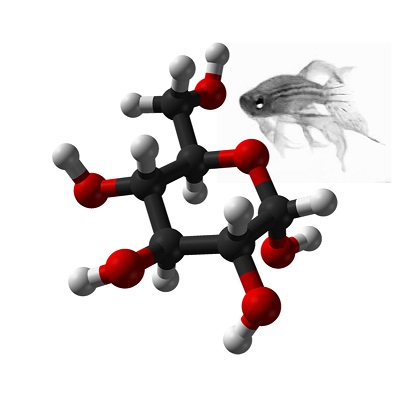Nath, Anjali K, Josephine Enciso, Misako Kuniyasu, Xiao-Ying Hao, Joseph A Madri, and Emese Pinter. (2004) 2004. “Nitric Oxide Modulates Murine Yolk Sac Vasculogenesis and Rescues Glucose Induced Vasculopathy”. Development 131 (10): 2485-96. https://doi.org/10.1242/dev.01131.
Nitric oxide (NO) has been demonstrated to mediate events during ovulation, pregnancy, blastocyst invasion and preimplantation embryogenesis. However, less is known about the role of NO during postimplantation development. Therefore, in this study, we explored the effects of NO during vascular development of the murine yolk sac, which begins shortly after implantation. Establishment of the vitelline circulation is crucial for normal embryonic growth and development. Moreover, functional inactivation of the endodermal layer of the yolk sac by environmental insults or genetic manipulations during this period leads to embryonic defects/lethality, as this structure is vital for transport, metabolism and induction of vascular development. In this study, we describe the temporally/spatially regulated distribution of nitric oxide synthase (NOS) isoforms during the three stages of yolk sac vascular development (blood island formation, primary capillary plexus formation and vessel maturation/remodeling) and found NOS expression patterns were diametrically opposed. To pharmacologically manipulate vascular development, an established in vitro system of whole murine embryo culture was employed. During blood island formation, the endoderm produced NO and inhibition of NO (L-NMMA) at this stage resulted in developmental arrest at the primary plexus stage and vasculopathy. Furthermore, administration of a NO donor did not cause abnormal vascular development; however, exogenous NO correlated with increased eNOS and decreased iNOS protein levels. Additionally, a known environmental insult (high glucose) that produces reactive oxygen species (ROS) and induces vasculopathy also altered eNOS/iNOS distribution and induced NO production during yolk sac vascular development. However, administration of a NO donor rescued the high glucose induced vasculopathy, restored the eNOS/iNOS distribution and decreased ROS production. These data suggest that NO acts as an endoderm-derived factor that modulates normal yolk sac vascular development, and decreased NO bioavailability and NO-mediated sequela may underlie high glucose induced vasculopathy.

